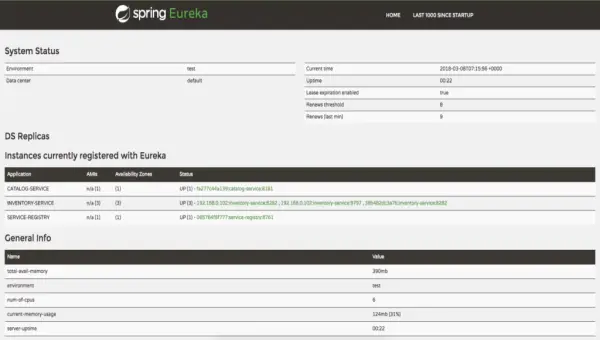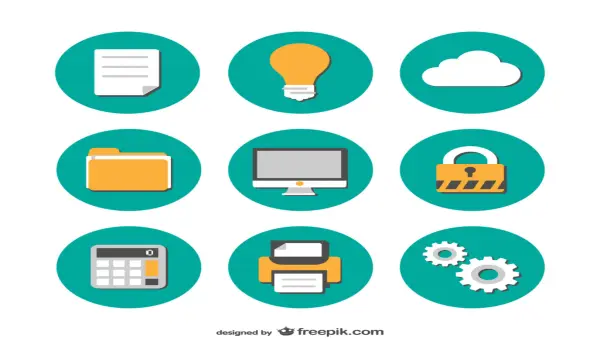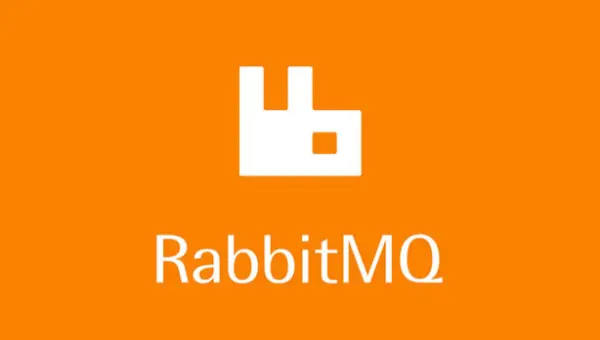One of the challenges in microservices architecture is the ability to debug issues. A simple user action might trigger a chain of downstream microservice calls. It would be tedious to trace the logs related to a particular user action across microservices. In addition to that, we might want to track down why a certain microservice call is taking so much time. We can use Spring Cloud Sleuth to handle these kinds of issues.
Continue reading »








